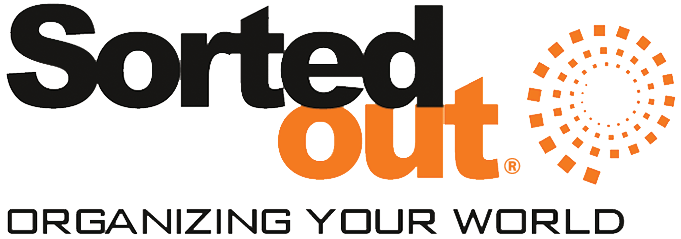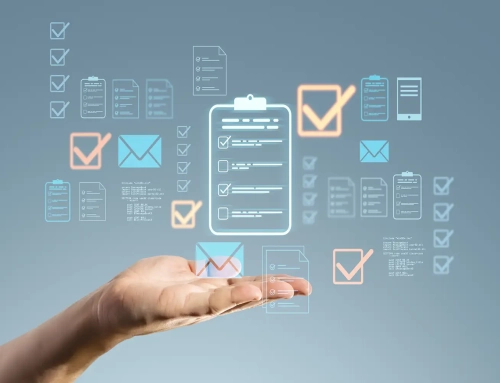
We’ve all been there: the day seems full of possibility at the start, and then all of a sudden you glance at the clock and it’s 4:30. What…the…heck?! HOW?! More importantly, how has an entire day passed and only one thing from the task list has been completed? Trust me – I feel your pain! Today I’m going to share some tips on how to organize your work; I don’t just mean how to file papers and organize your desk, but truly your work schedule in its entirety, and the day ahead. Together we’ll get you streamlined and efficient in no time!
Planning Ahead
Calendars and Planners
If you’re not already, it’s imperative that you use a calendar or planner. I’ve always said it’s important for family organization and home life, but it’s an absolute necessity for the workplace! Between all the projects, meetings, travel, trial runs, and due dates, there’s way too much to keep track of to trust your brain with it all. Write down all events & meetings taking place throughout the day, each day, and use the planner to log details, notes, etc. This will quickly become your one-stop-shop for a quick glance before you leave for the night, and first thing in the morning to feel secure and in control of your day. Using a planner will also help you keep track of important deadlines you have coming up. There’s a time and place for surprises, but due dates aren’t one of them! I prefer to color code based on client/project so that it’s easy to take a quick look and know what needs to be accomplished that day/week. There are so many calendars and planners out there, so make sure to consider which type of planner will work best for you before purchasing (ie: daily/weekly/monthly). Just like general organization, planners are not one-size-fits-all!
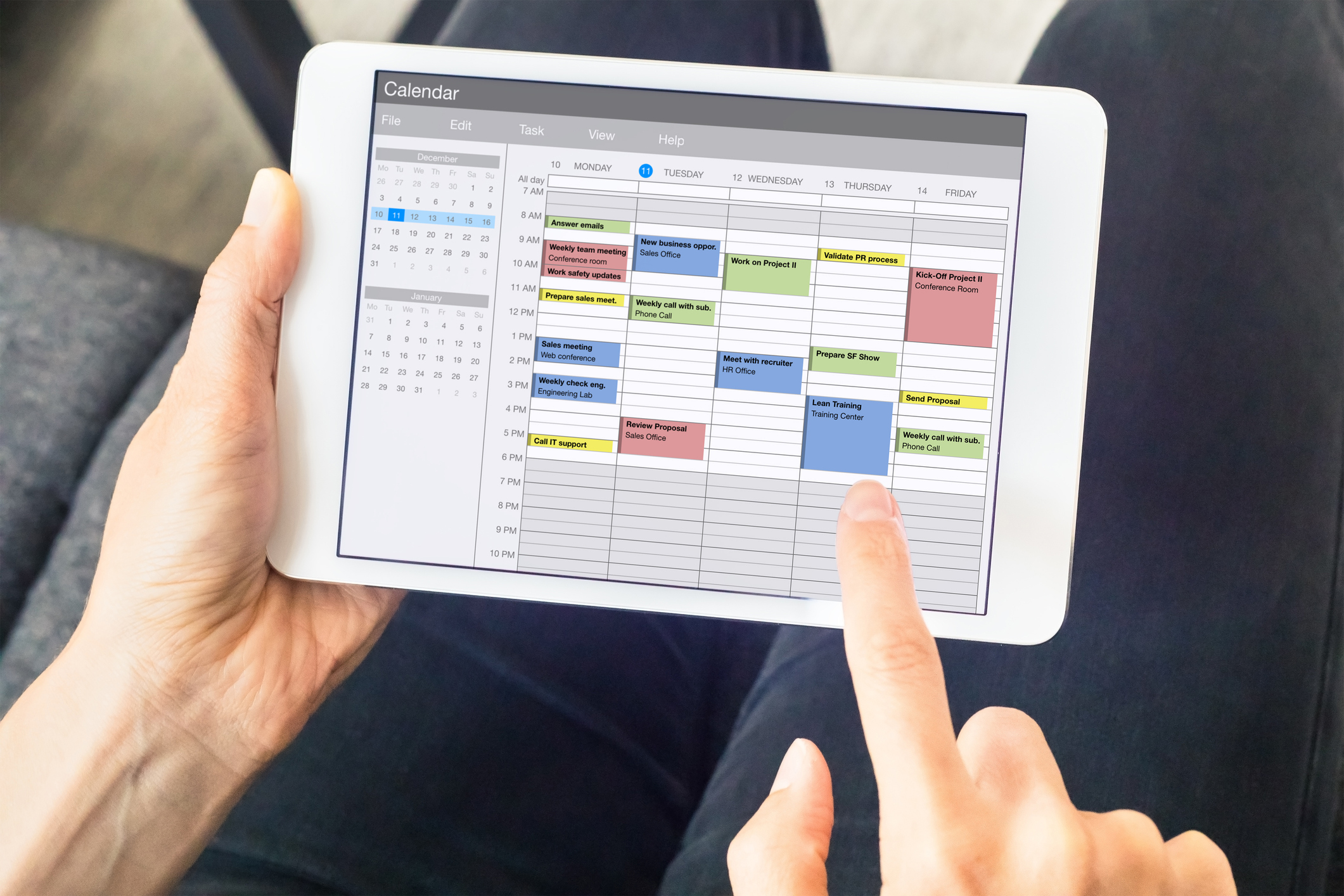
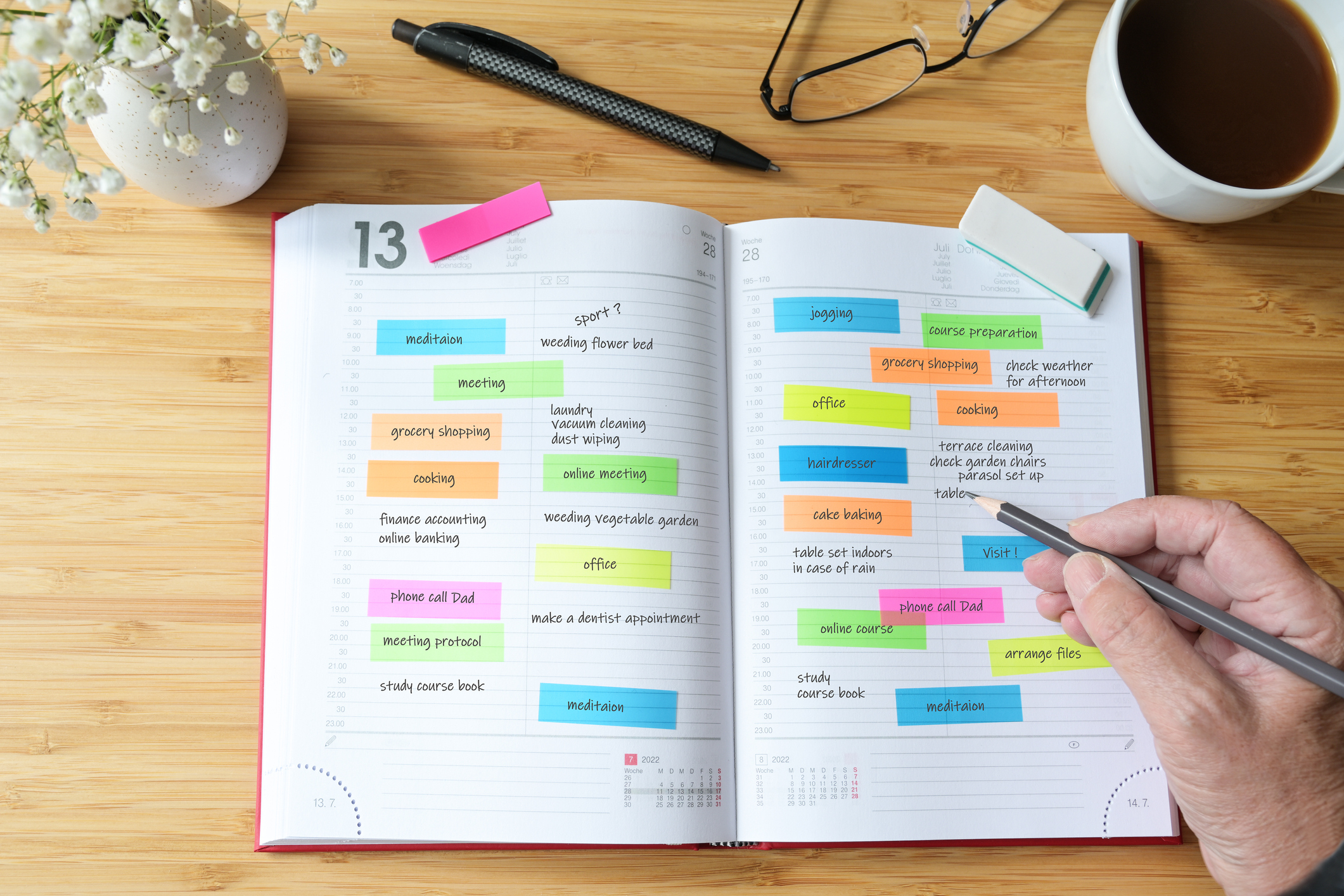
To-Do Lists
Daily and weekly lists will help you to remain productive throughout the day. It streamlines everything that needs to be done and makes it easier to digest. Make sure to identify the importance of each task so that you can organize your work day based on urgency. Sure, we’d all love to be able to tackle everything within one day, but chances are something will trickle over into the next. This is why prioritizing your list and keeping it in order of importance is key. Keep tasks that need to be done right away at the top of the list, and tasks that are flexible towards the bottom. You may also consider using different colored pens to identify different items, such as a color for meetings, a color for tasks that are top priority, etc. Don’t forget to cross them off as you complete the tasks! You’ve got to give yourself a little something to look forward to, and crossing things off a list can be oh-so satisfying.
Planning for Your Productivity
You have certainly heard friends and coworkers say, “I’m not a morning person,” or the exact opposite. It’s true – we all function differently, so make sure your work day schedule reflects that! Identify when you are most productive by tracking your progress regularly. An example of this would be if you notice you are getting more done or are more productive in the mornings, after lunch, or maybe you notice that when you give yourself a 15 minute break in both the morning and afternoon you see greater results. Once you’ve learned about your personal preferences and routines, you can then determine the best time to work on important tasks. During your most productive periods, try to give yourself uninterrupted time to accomplish your work. You can do this by scheduling yourself on your calendar, so that you don’t show “available” to colleagues, or talking with your manager about your needs and coming up with a strategy together.

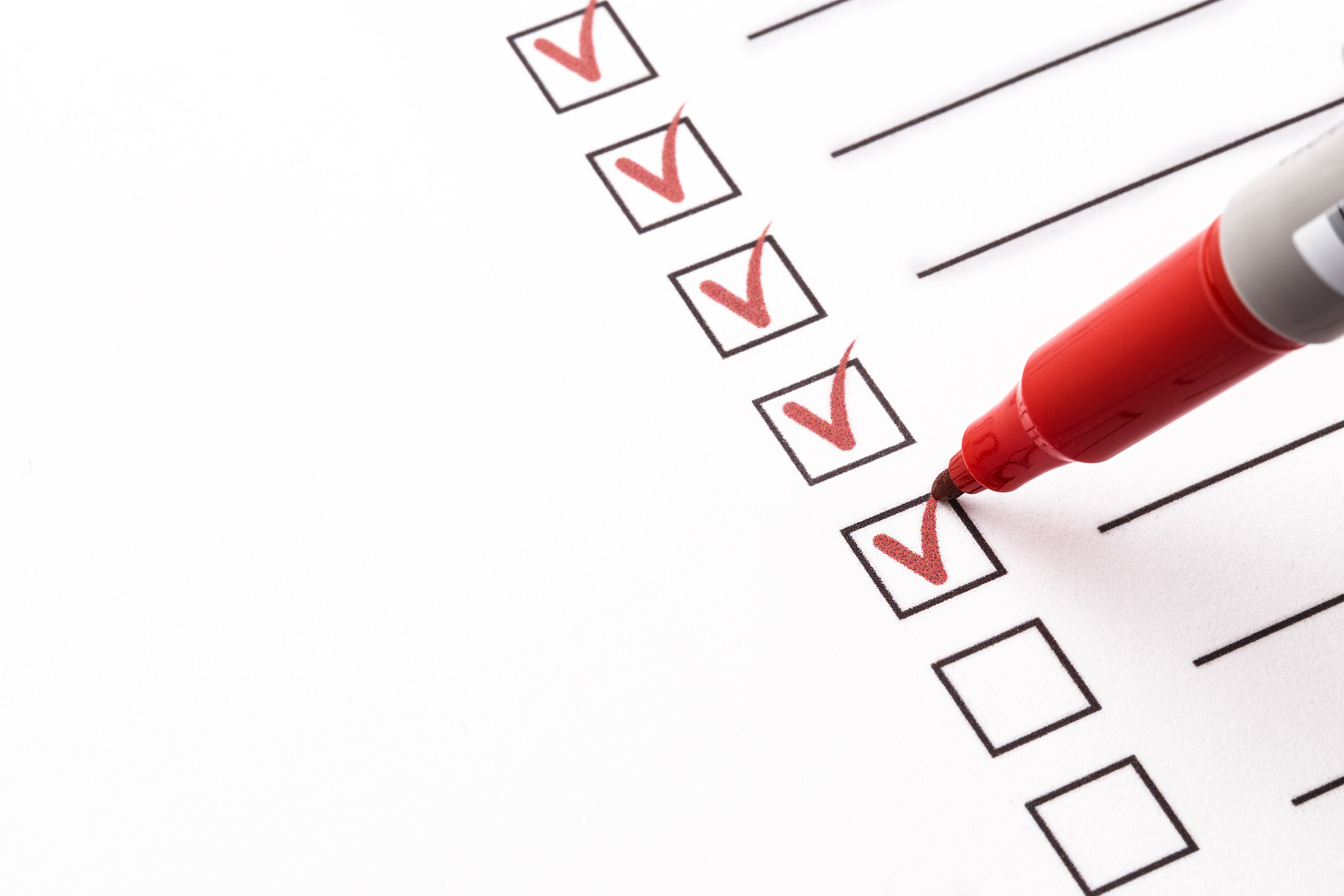
Goal Setting
Create small goals that are achievable when creating your daily to-do list. If you over-commit yourself to too many tasks or projects in one day, it’ll leave you feeling down by the end of the day despite how much work you actually did. Include the sub-steps for each task and a realistic timeline to get there. By doing so you can organize your work into more manageable tasks, tackling one small item at a time. This goal setting strategy doesn’t only work for daily, short-term goals, but long-term goals as well! Looking at the quarter or year ahead, lay out what you hope to or need to accomplish, and once a month or week, revisit that list to see where you’re at. Remember: it’s ok to make revisions to your lists! Nothing is perfect the first go-round, and we all know how quickly things can change in the workplace.
Within the Workplace
The tips on how to organize your work above are focused on planning, and what steps you can take towards a productive day before actually beginning your work. Now let’s discuss what you can do while in the workplace, amidst your workday!
Limit Distractions
By limiting distractions you will be able to focus on all the tasks and responsibilities you have scheduled for the day. Sure, it sounds simple and easy, but how much do we truly hold ourselves to this expectation? The water-cooler gossip session eats away at your precious time, working next door to a large meeting room makes it hard to focus with all the foot traffic and side-bars, and having social media tabs open on your laptop are all too tempting. These are all daily occurrences that can throw us off track, either keeping us from being productive or limiting time spent with family in the evenings. If the noises of the office throw you off, invest in some noise-canceling headphones. Is your cell the culprit of your time-suck? Put it on do-not-disturb for a block of time, only checking it on breaks. Whatever your distractions are, keep track and remove them from your day. It’s time to hold yourself accountable, and I know you can do it!
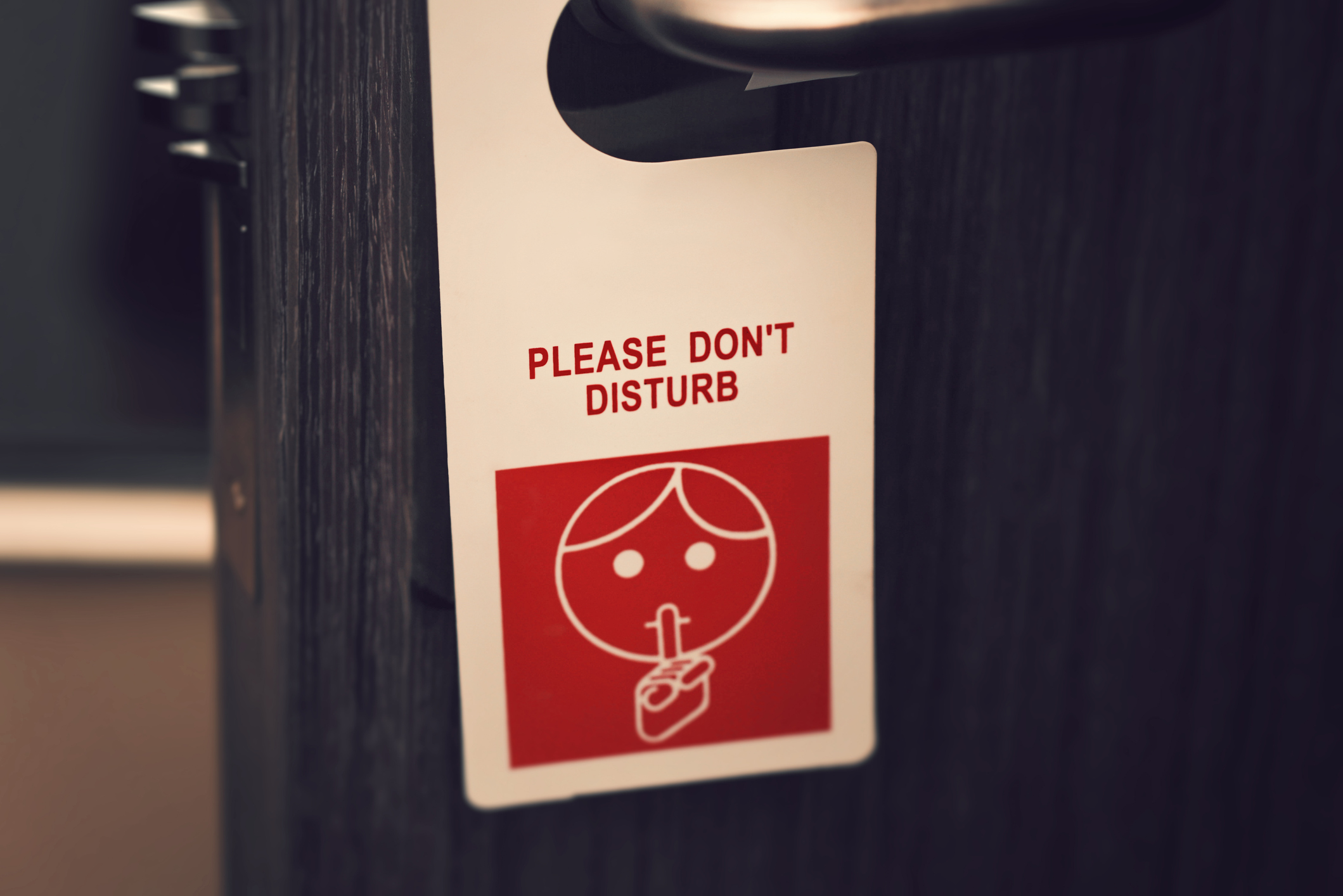
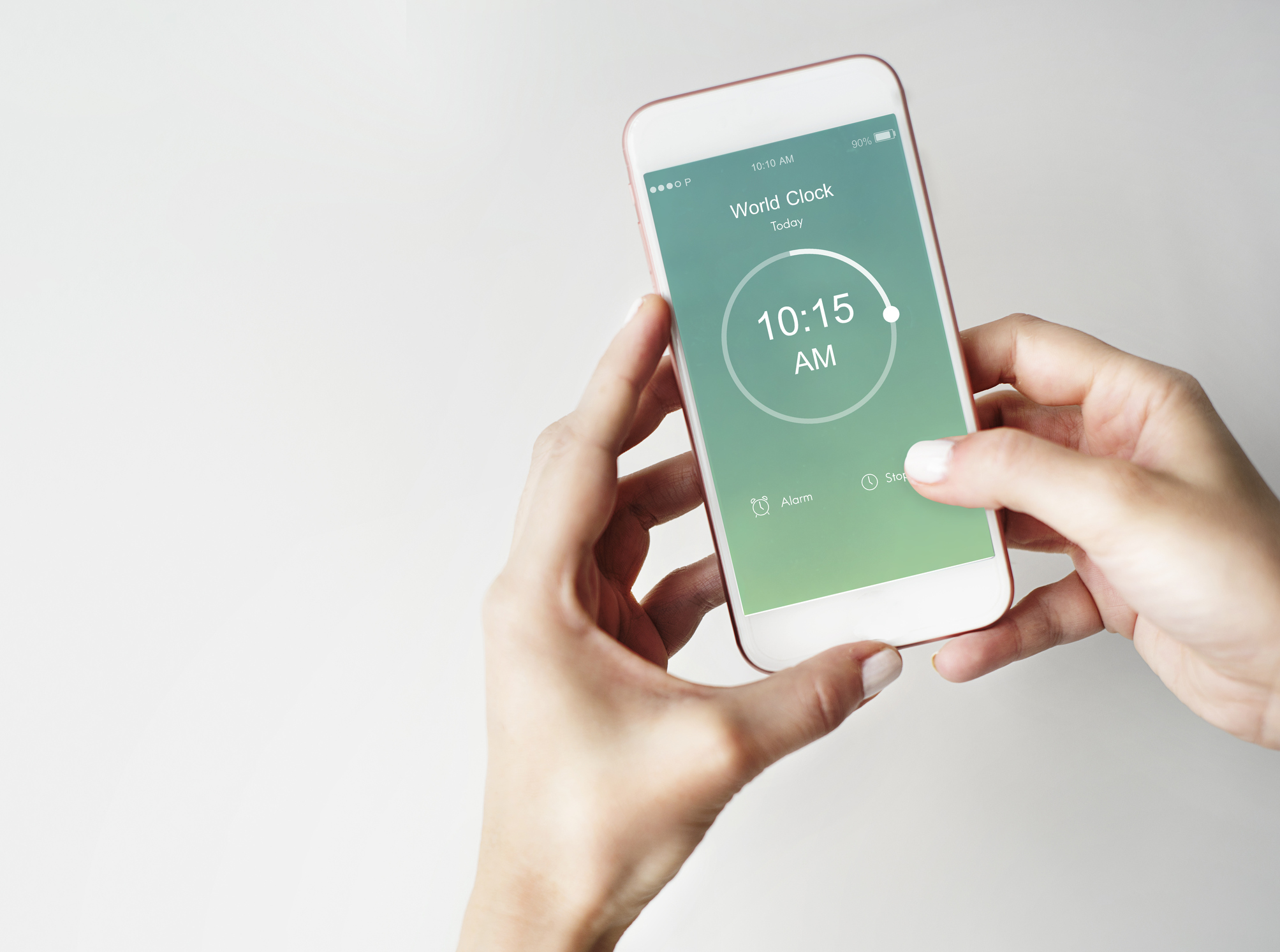
Set a Timer
Using a timer in the workplace is something that I recommend to every single client, but rarely see other workplaces and organizations do. It’s truly a great tip for anyone, especially those with ADHD! This will help you keep track of how much time you spend on various tasks so that you can easily identify where you can better use your time. For those with ADHD, set a specific amount of time for you to focus on the task at hand and work on said task until the timer goes off. If you’re an extrinsic reward type of person, allow yourself a snack, some fresh air, or a beverage refresh once those tasks are complete.
Organize
You didn’t think you’d get through an entire blog post without me mentioning some traditional organization, did you?! My tips on how to organize your work wouldn’t be complete without these last few crucial steps.
Keep Your Space Clean and Calm
Decluttering is crucial to maintaining any organized space. If you haven’t purged items from your desk or office in a while, make it a priority during your next light week. Keeping things organized will allow you to find and put away supplies easily, creating more efficiency in your day. Don’t forget the importance of wiping down your desk and phone. They hold many germs but also, who doesn’t love a clean, dust-free workspace? To encourage a happy, positive work environment, go ahead and open the window on a nice day! This will help establish a calm working environment, one that will keep you on task and productive throughout the work day. Declutter at the end of your work day (or at least each week) by removing any items you aren’t needing daily. Throw away completed or outdated lists, and file paperwork that is in your “completed” folder.
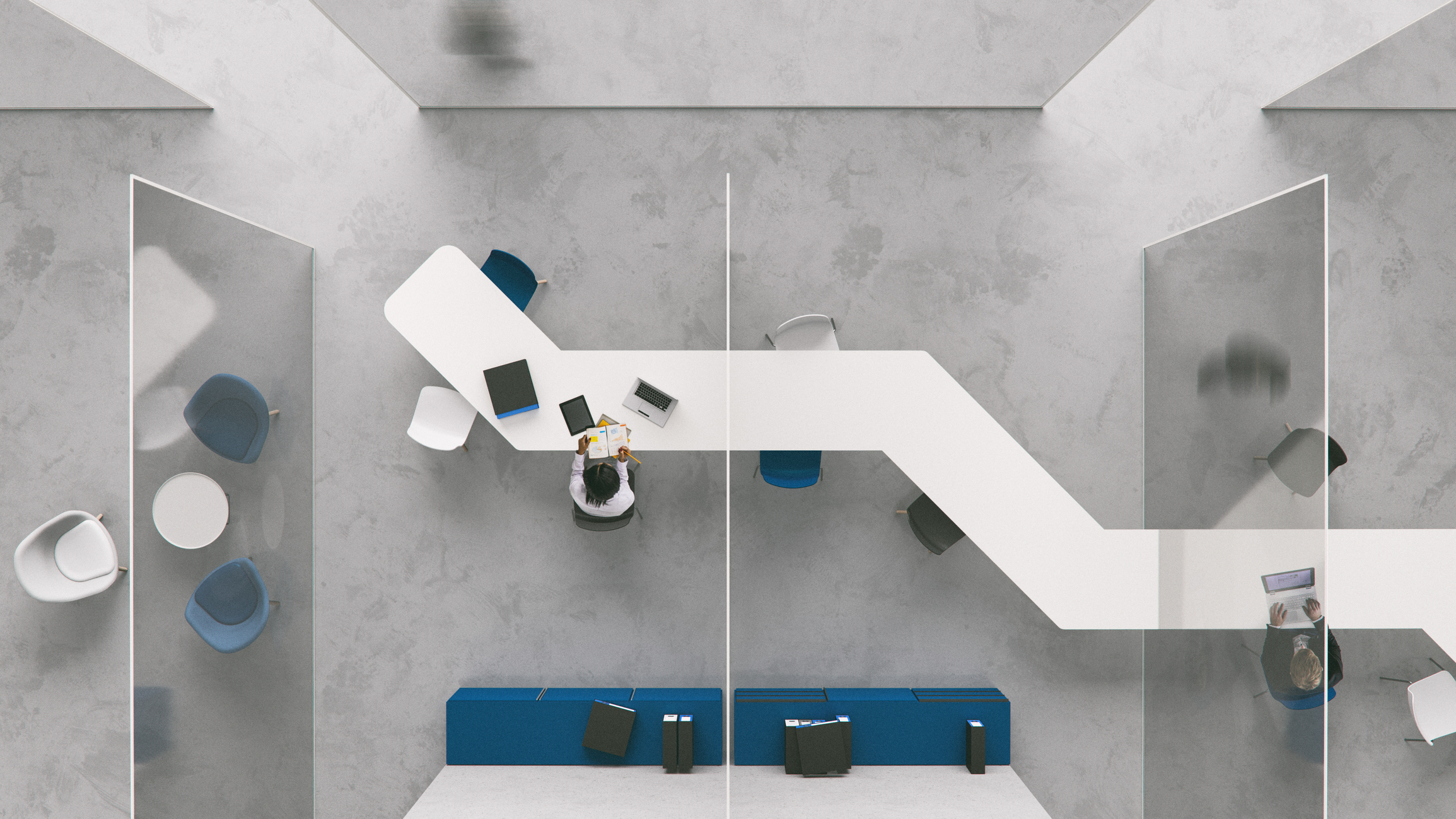
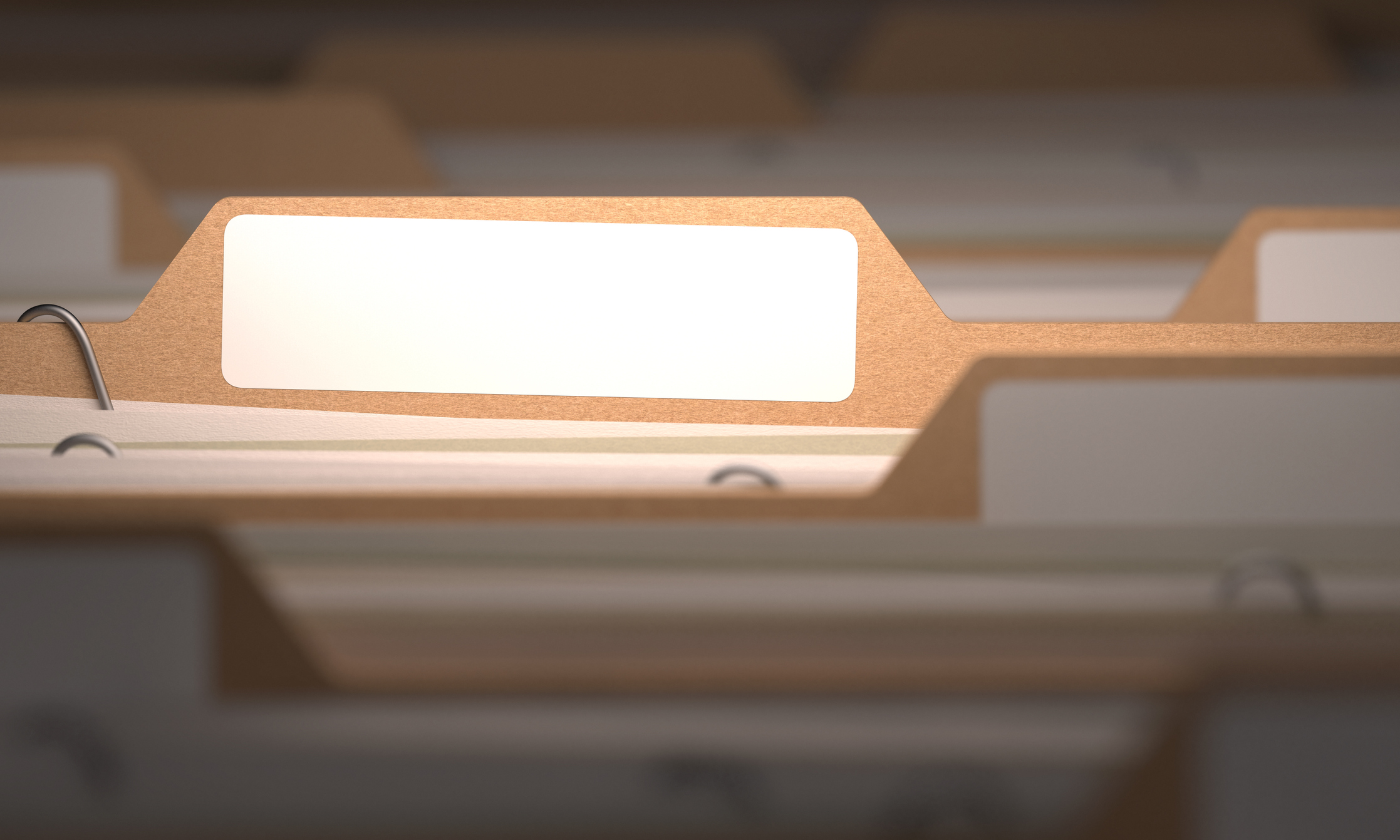
Labeling
Ah – my favorite organization technique. It may seem small, but it sure is mighty! Make sure files & folders are clearly labeled – this includes any digital files! This will limit the time it takes you to search for important papers/information. Make sure to arrange the physical and digital files in a way that makes sense for you (by year/project/alphabetical/etc.) and do the same for sub-folders.
Email Organization
Of course, much of our work these days is digital. It’s great that we don’t have to organize physical copies anymore, but it has absolutely created a monster out of many! Heed my warning: manage your emails before they begin to take over. Many working professionals receive and send dozens, if not hundreds, of emails each day. Sorting through your emails at the end of your day & disposing of emails you no longer need will help minimize digital clutter & help you find important emails quicker. Create categories for subfolders in your email so you know the appropriate folder to move an email to. Don’t you love when everything has its own place?

If you have a long way to go with your personal work organization journey, try tackling these one at a time. Slow and steady wins the race, and I’d much rather you take your time to find success than bite off more than you can chew from the start. Need more tips on how to organize your work, or looking for assistance in getting started for you or your entire team? Drop us a note at info@sortedout.com!
Looking forward to hearing from you,
Tonia
